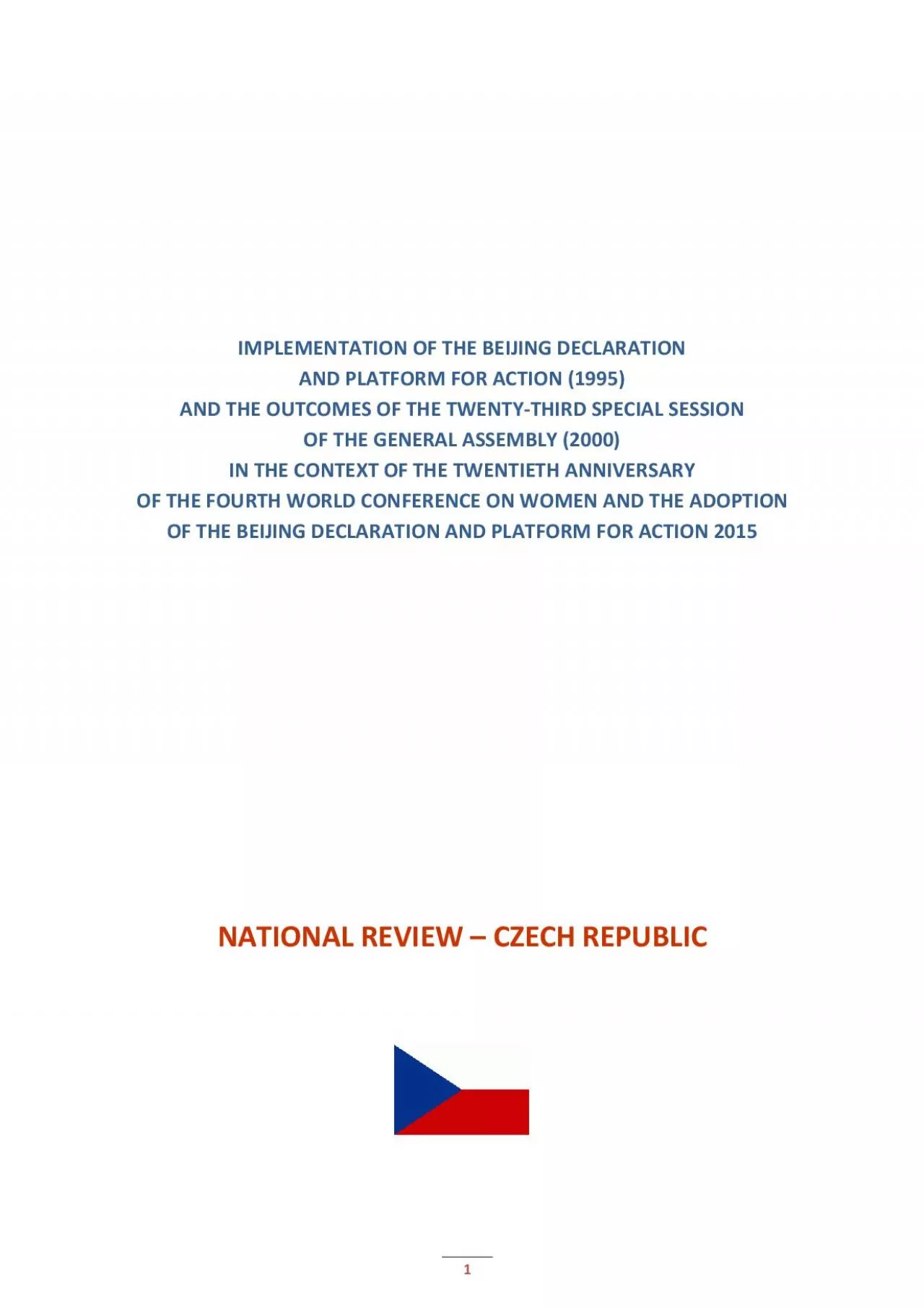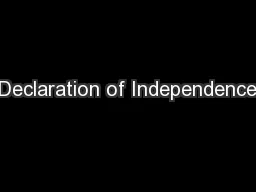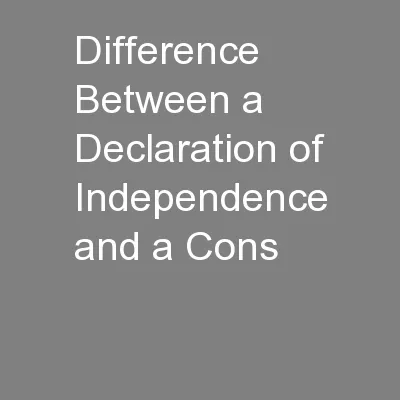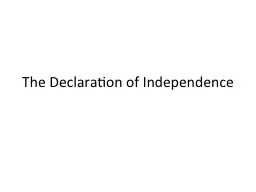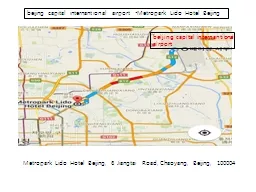PDF-IMPLEMENTATION OF THE BEIJING DECLARATION
Author : lauren | Published Date : 2021-08-23
1AND PLATFORM FOR ACTION 1995AND THEOUTCOMES OF THE TWENTYTHIRD SPECIAL SESSIONOF THE GENERAL ASSEMBLY 2000IN THE CONTEXT OF THE TWENTIETH ANNIVERSARYOF THE FOURTH
Presentation Embed Code
Download Presentation
Download Presentation The PPT/PDF document "IMPLEMENTATION OF THE BEIJING DECLARATIO..." is the property of its rightful owner. Permission is granted to download and print the materials on this website for personal, non-commercial use only, and to display it on your personal computer provided you do not modify the materials and that you retain all copyright notices contained in the materials. By downloading content from our website, you accept the terms of this agreement.
IMPLEMENTATION OF THE BEIJING DECLARATION: Transcript
Download Rules Of Document
"IMPLEMENTATION OF THE BEIJING DECLARATION"The content belongs to its owner. You may download and print it for personal use, without modification, and keep all copyright notices. By downloading, you agree to these terms.
Related Documents

